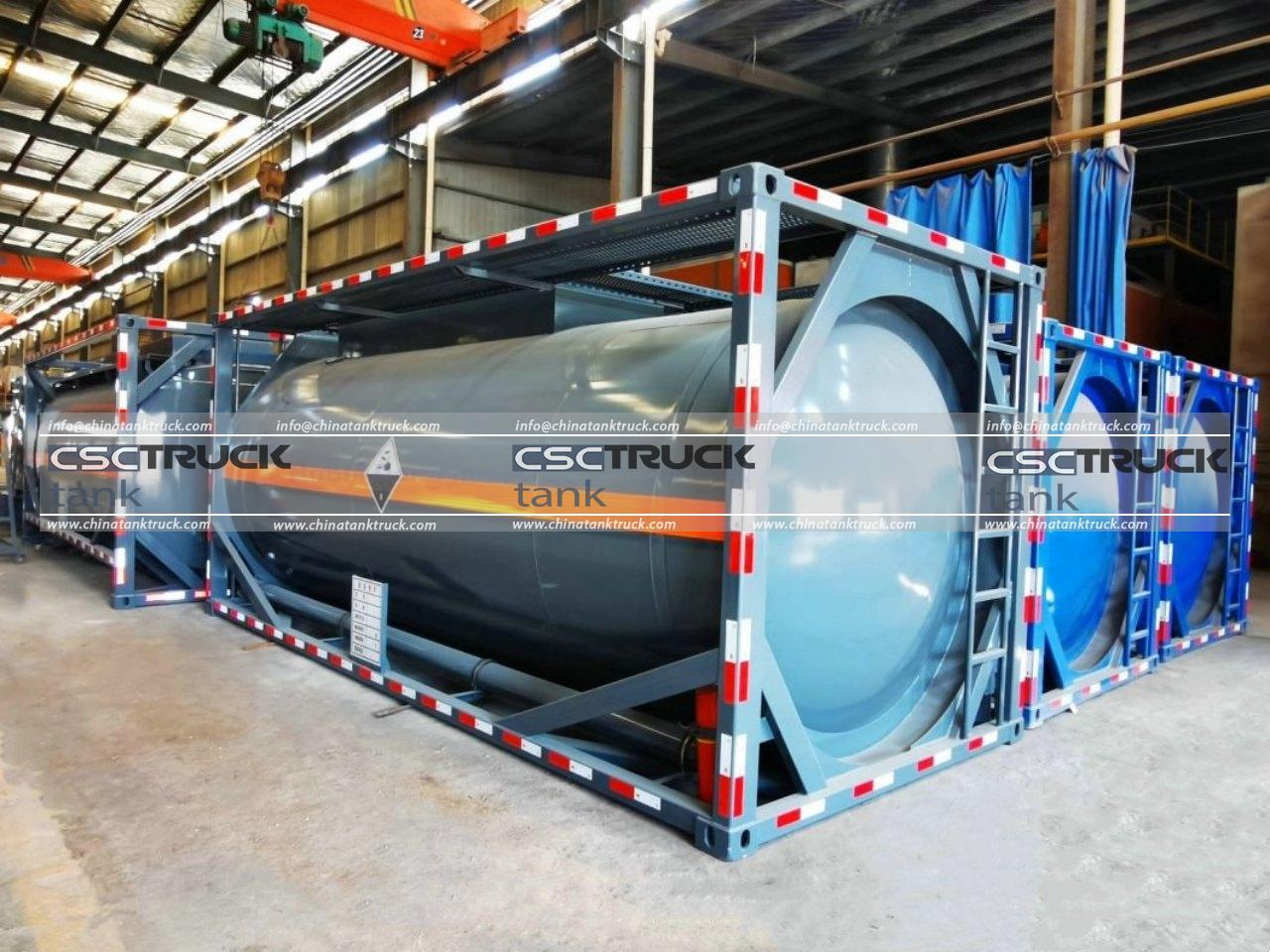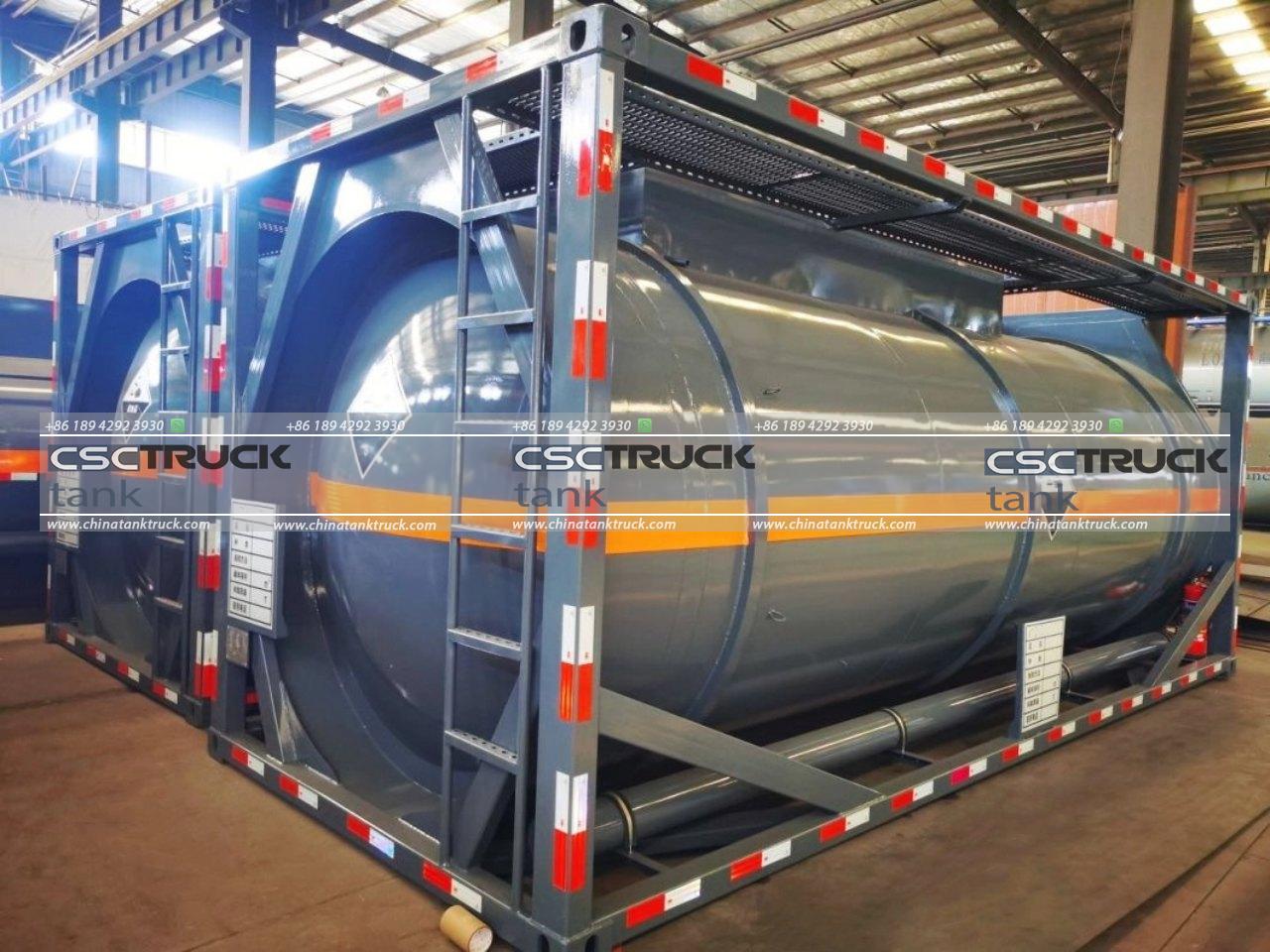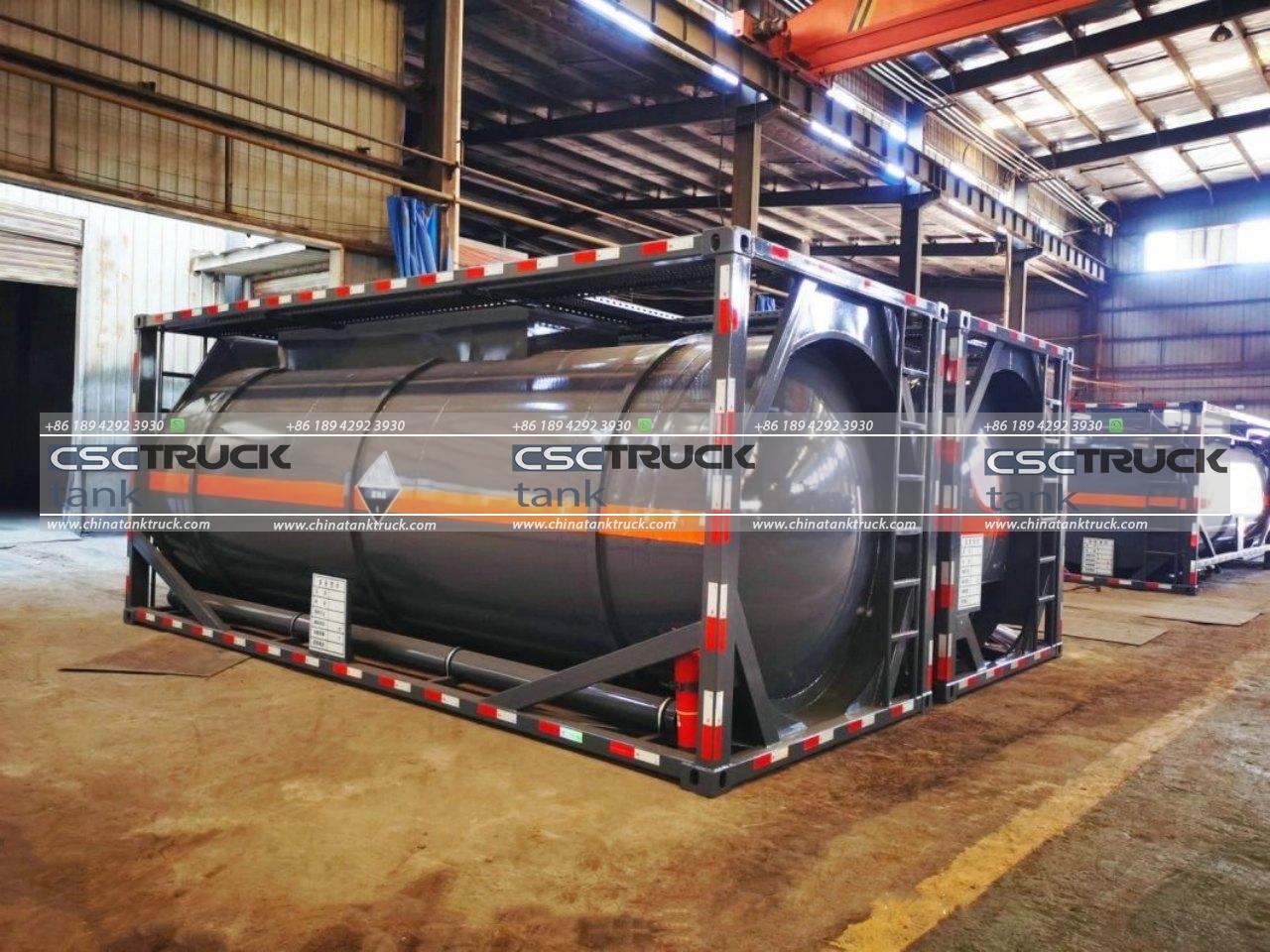Are ISO Tanks Double Walled?
ISO tanks are a cornerstone of the global logistics and transportation industry, designed to transport liquid cargo safely and efficiently across vast distances. Given their crucial role, it’s important to understand their construction and safety features, particularly whether they are double-walled. This article delves into the construction of ISO tanks, and their safety features, and addresses the question of double-walling in their design.
What is an ISO Tank?
ISO tanks, or ISO tank containers, are standardized containers used for the transport of liquid cargo. They conform to the International Organization for Standardization (ISO) standards, which ensure that they meet international safety and performance requirements. The standard ISO tank has a metal frame and an internal tank made of stainless steel or other corrosion-resistant materials. The tank is mounted on a frame that allows it to be easily transferred between different modes of transportation, such as ships, trucks, and trains.

Construction and Design of ISO Tanks
The primary components of an ISO tank include:
1. Tank Shell: The core part of an ISO tank, usually made from stainless steel, provides the necessary strength and durability. Stainless steel is preferred for its resistance to corrosion and ability to handle a wide range of chemicals.
2. Frame: Surrounding the tank shell, the frame provides structural support and ensures that the tank can be securely handled and transported. The frame is designed to be compatible with standard ISO container handling equipment.
3. Insulation: Some ISO tanks are equipped with insulation to maintain the temperature of the cargo, particularly when transporting temperature-sensitive liquids.
4. Protective Coatings: The tank’s interior is often coated with protective linings to prevent corrosion and contamination, especially when transporting corrosive or hazardous materials.
5. Valves and Fittings: The tank is equipped with various valves and fittings for loading, unloading, and venting the cargo.
Double-Walled Tanks: Definition and Purpose
Double-walled tanks are designed with an additional layer of containment, creating a secondary barrier around the primary tank. This design aims to enhance safety by providing an extra layer of protection against leaks or spills. Double-walled tanks are particularly important for hazardous or environmentally sensitive cargoes, as they offer increased security in case of a breach in the primary containment.

Are ISO Tanks Double-Walled?
The standard ISO tank is not inherently double-walled. Its design focuses on a single, robust layer of stainless steel for the internal tank, which is often sufficient for many types of liquid cargo. However, there are several considerations regarding the presence of double-walled construction in ISO tanks:
1. Standard ISO Tank Design: Most standard ISO tanks are constructed with a single layer of stainless steel. This design meets the safety and regulatory requirements for many types of liquid cargo. The strength and durability of stainless steel, combined with the structural support of the tank frame, make it suitable for a wide range of products.
2. Specialized Tanks: For particularly hazardous, toxic, or environmentally sensitive materials, specialized ISO tanks with double-walled construction may be used. These tanks have an additional layer of containment to prevent leaks or spills from reaching the environment. The outer layer acts as a secondary containment system, providing an extra layer of security.
3. Regulatory Requirements: The need for double-walled tanks can be driven by regulatory requirements or industry standards, which may vary depending on the type of cargo and the region of operation. Regulations may require double-walled tanks for certain hazardous materials to enhance safety and environmental protection.
4. Custom Solutions: Some ISO tank manufacturers offer custom designs that include double-walled construction based on specific customer needs or regulatory requirements. These custom solutions provide enhanced safety features tailored to the needs of particular industries or cargo types.
Advantages and Limitations of Double-Walled ISO Tanks
Advantages:
1. Enhanced Safety: Double-walled tanks offer increased safety by providing an additional layer of containment. This is crucial for transporting hazardous or toxic materials, as it reduces the risk of environmental contamination in the event of a breach.
2. Regulatory Compliance: For certain types of cargo, double-walled tanks may be required to meet regulatory standards. Using these tanks ensures compliance with safety regulations and avoids potential legal issues.
3. Environmental Protection: The additional layer of containment helps protect the environment by preventing spills and leaks from reaching the surroundings.
Limitations:
1. Increased Cost: Double-walled tanks are generally more expensive to manufacture and maintain compared to single-walled tanks. The added layer of construction increases the overall cost.
2. Weight and Space: The extra layer of material adds weight and takes up more space, which can affect the tank’s cargo capacity and transportation efficiency.
3. Complexity: The design and construction of double-walled tanks can be more complex, requiring careful maintenance and inspection to ensure both layers remain intact and functional.

Conclusion
While standard ISO tanks are not typically double-walled, there are cases where double-walled tanks are used to enhance safety, particularly when transporting hazardous or environmentally sensitive materials. The decision to use a double-walled tank depends on the type of cargo, regulatory requirements, and specific safety needs. Understanding these factors helps in selecting the right ISO tank for a given application, ensuring both compliance and protection during transportation.

